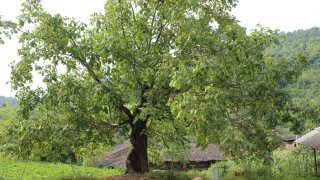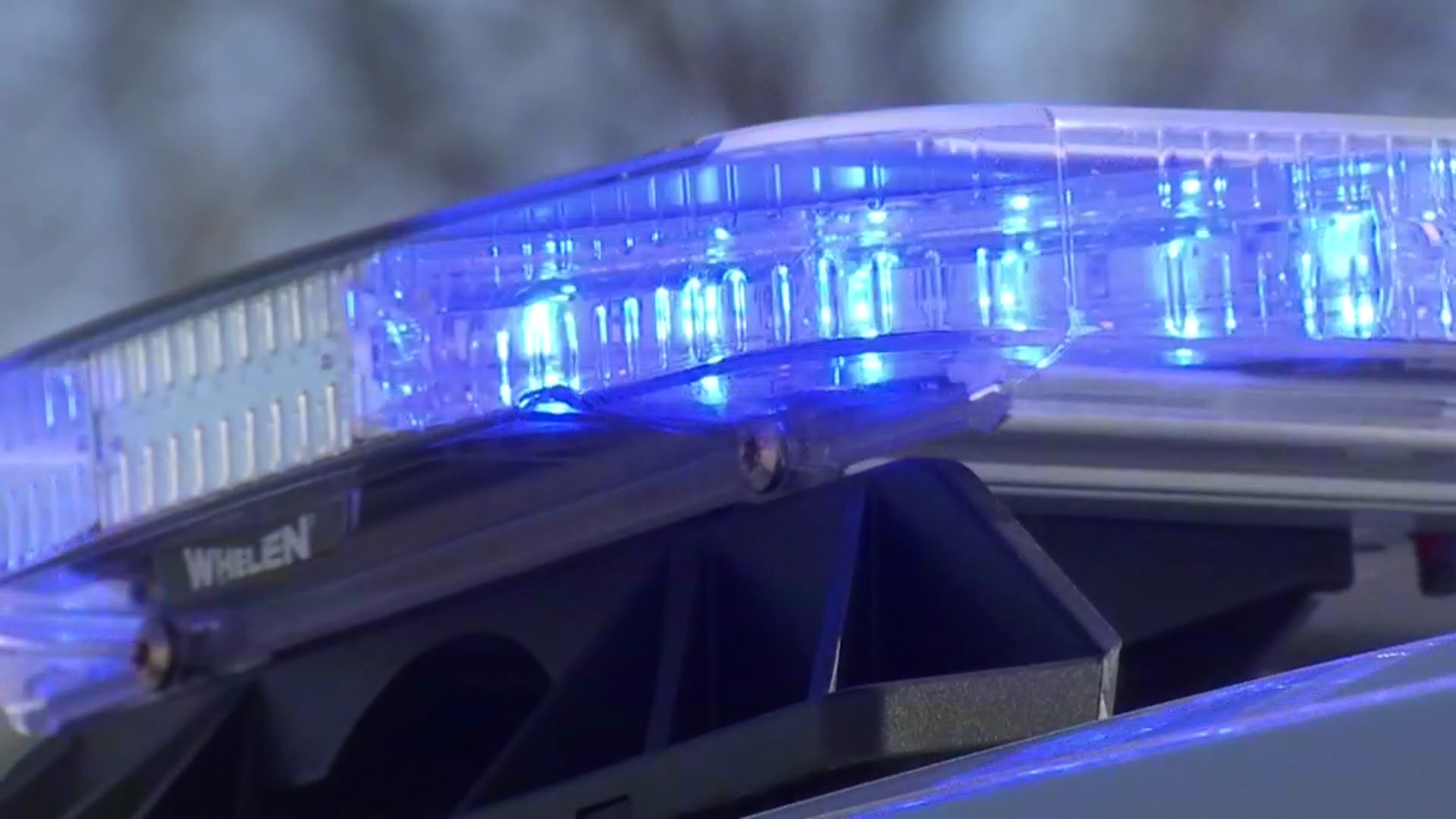
In the spring, the Texas A&M Forest Service advised Texans to wait until mid-July before deciding whether to cut down leafless trees that suffered from the February winter storm.
"The waiting was important, because we're just now beginning to differentiate between those trees that are obviously not going to survive; those that are wounded and we hope will survive, and those that are definitely going to survive, but are going to take a little while to come back," said Neil Sperry, a Texas gardening expert who has been studying the recovery of Texas trees for the past several months.
Now that the week-long freeze is almost six months old, here's what Sperry and other gardening and forestry experts say is the best way to know whether or not to remove your trees:
Poor or Patchy Canopies
Get DFW local news, weather forecasts and entertainment stories to your inbox. Sign up for NBC DFW newsletters.
Few trees are still completely bare by this point, the Texas A&M Forest Service said.
If your tree still hasn't put out a single leaf by now, Gretchen Riley, the Urban and Community Forestry Program Leader at TAFS, said, it is certainly almost dead.
But in the more common scenario where trees have poor or patchy canopies, Sperry said trees with 50% of their canopy are likely to survive.
Texas News
News from around the state of Texas.
"Imagine a circle around all of your tree's branches," Riley said. "Twenty-five percent or more of that circle should be filled in with leaves. If not, that tree is most likely going to die, and it is worth planning to remove it. If more than 25% of that circle is filled with leaves, there is still a chance for a full recovery."
Riley said one good way to keep track of your tree's progress is to take semi-annual or annual photos of your tree's canopy from the same angle.
Frost Cracks
Since trees are more than 50% water, the winter storm left trees coming out of dormancy particularly vulnerable to "frost cracks," the Texas A&M Forest Service said.
The deep, wide cracks in the trunk of trees come when the water inside the trunk expands while the exterior of the tree isn't able to do the same.
Riley called the cracks "radial shakes," an exaggerated version of more typical frost cracks.
"The good news is that trees have amazing, built-in mechanisms for recovering from trunk damage and frost cracks," Riley said. "So trees with one or two cracks should be able to seal themselves with relative ease."
But, trees with multiple cracks or a lot of exposed wood are unlikely to recover, Riley said. The key?
Watching closely for oozing discharge, browning foliage or expanding cracks leading up as your tree recovers.
Tree Removal
If a Texas homeowner does decide to remove a tree, Sperry recommended removing dead branches, which are more likely to break off and injure property or people than other parts of the tree, first.
For major tree work, the Texas A&M Forest Service advised going with a specialist.
"When having major tree work done, you really need a specialist who knows how to do it safely," Sperry said. "They will have the tools, and they will have the knowledge and experience to do it safely."
If you've removed a tree and are planning on replacing it, Sperry advised not to put the new tree right where you had the old one.



